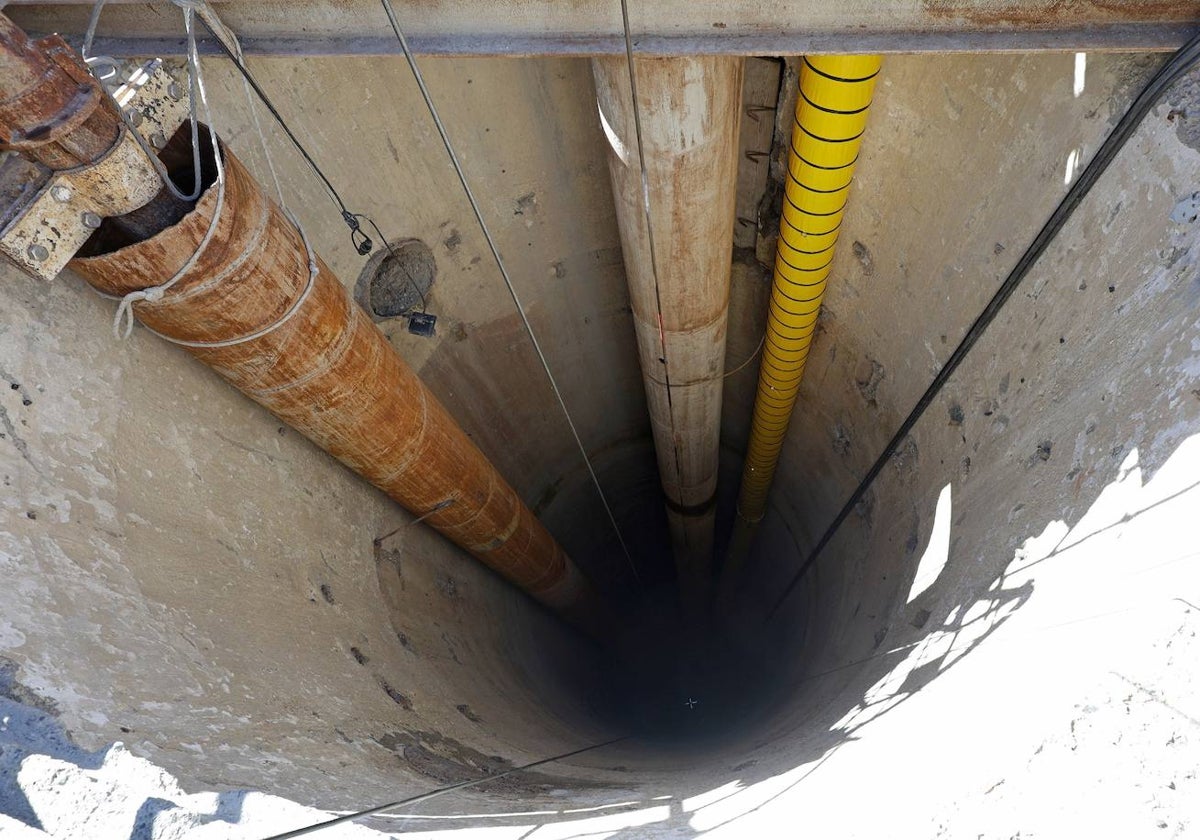

Sections
Highlight

The Junta de Andalucía's determination to make the most of the lower Guadalhorce valley's underground water resources is clear. That was the thinking even before the technical experts themselves were taken by surprised by the volume of water that could be supplied by the two aquifers in the area that will be extracted from six wells located there. It is calculated that this first phase could already provide 900 of the 1,500 litres per second that Malaga city needs going into its supply network. As sources from the regional Ministry of Agriculture, Fisheries, Water and Rural Development have confirmed to SUR, the work is 60% complete and is due to be finished by 15 March next year.
Over 15.5 million euros of regional investment has gone into this project that includes installing the necessary pipes to carry the extracted water to the desalination plant at El Atabal. In addition to this, as already reported by SUR, another million euros will come from Malaga city council, which is responsible for restoring and preparing the old wells that were abandoned back in the 1990s.
Related article
The most important well in which work has been carried out so far is Perales 3 on the banks of the Guadalhorce river at the Santa Teresa industrial estate. There alone it is estimated that 400 litres per second could be obtained. Like the three at this location, it is a well built in 1965 using the Ranney system. It is basically a large vertical tube of heavily reinforced concrete that goes down to a depth of more than 60 metres. At the same time, and on two levels, twelve long pipes (up to 200 metres long) open up like the rods of an inverted umbrella to collect the water, which has to be lifted by powerful pumps.
This water can then be stored in a large water tank in Puente del Rey (next to the airport runway) and sent to El Atabal.
The work in the Perales area is pretty impressive. When viewed up close, the word 'shaft' is an understatement to explain what it is really all about. Seeing workers going down in a basket lift as if they were going down a deep mine helps give a sense of the site and the scale of the work.
The idea of Malaga's public water company, Emasa, is to always have these resources active, regardless of the rainfall. The fact that they can provide such high flows does not mean that they will all be used, but that it will be necessary to play with the different water reserves across the city. These include the wells in Cártama (Fahala and Aljaima) that already provide approximately 20% of urban consumption.
This large aquifer adds up to extra volumes (between 25 and 28 million cubic metres) far greater than those provided by a large reservoir. This is more water per year than El Limonero or Casasola reservoirs can store.
Publicidad
Publicidad
Publicidad
Publicidad
Esta funcionalidad es exclusiva para suscriptores.
Reporta un error en esta noticia
Comentar es una ventaja exclusiva para registrados
¿Ya eres registrado?
Inicia sesiónNecesitas ser suscriptor para poder votar.